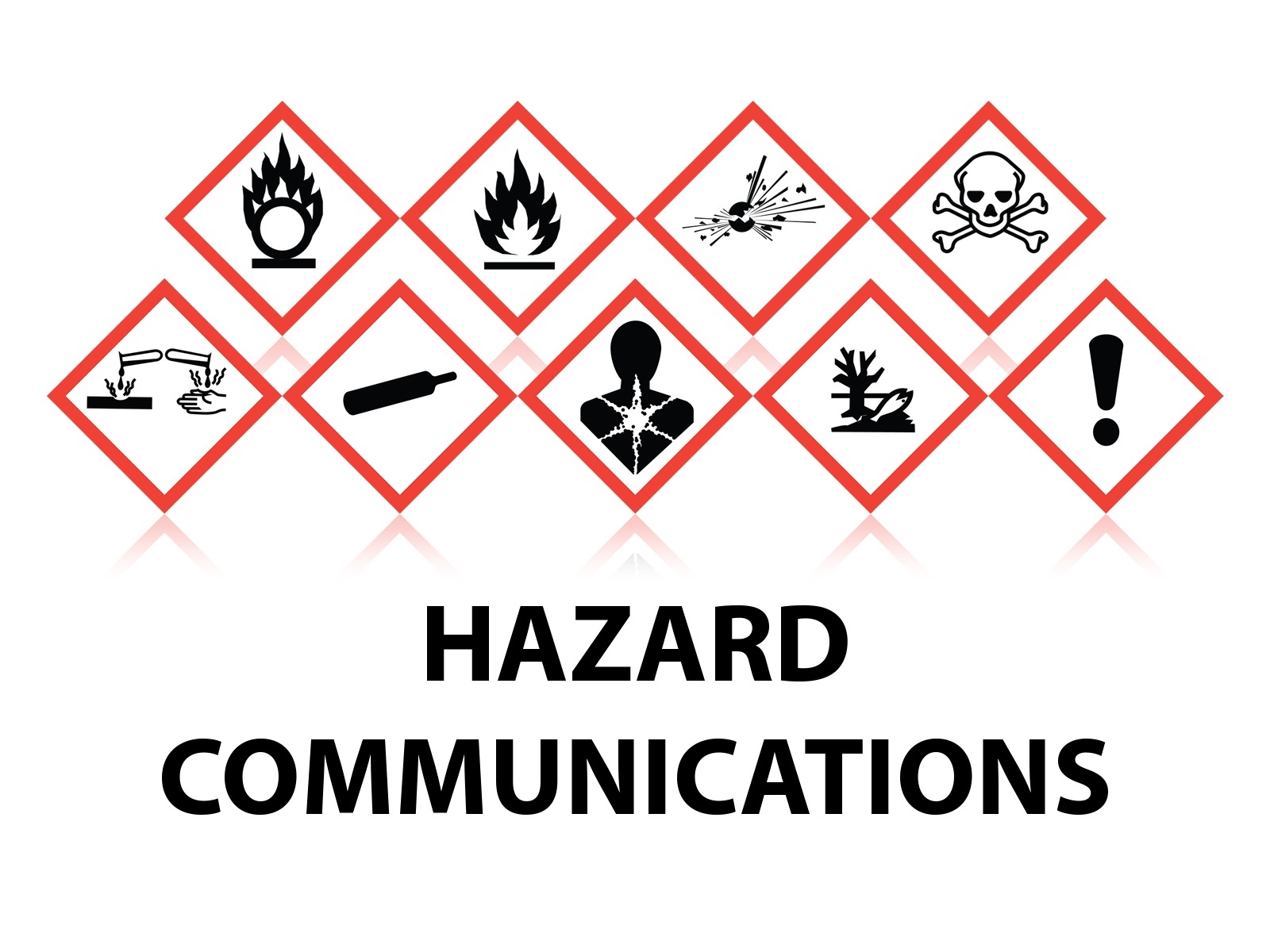Hazard Communication

Per GHS, hazards need to be communicated:
- In more than one form (for example, placards, labels or SDS’s).
- With hazard statements and precautionary statements.
- In an easily comprehensible and standardized manner.
- Consistent with other statements to reduce confusion.
- Taking into account all existing research and any new evidence.
Comprehensibility is challenging for a single culture and language, so global harmonization is complex. The GHS Purple Book includes a comprehensibility-testing instrument in Annex 6. Factors that were considered in developing the GHS communication tools include:
- Different philosophies in existing systems on how and what should be communicated;
- Language differences around the world;
- Ability to translate phrases meaningfully;
- Ability to understand and appropriately respond to pictograms.
